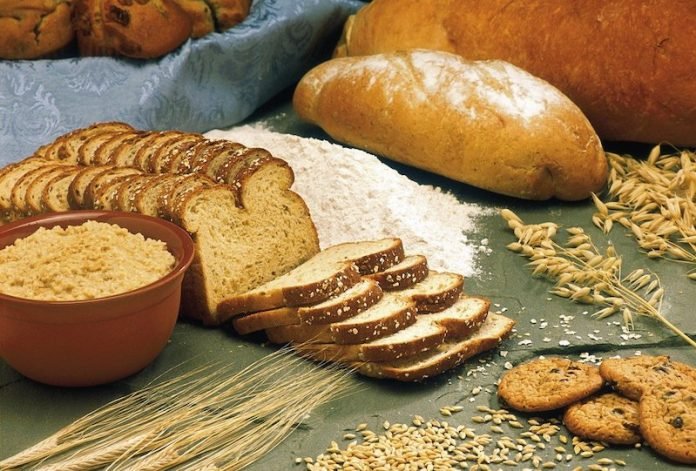
In two recent studies, researchers in the U.S. and Europe found higher consumption of fruit, vegetables, and whole-grain foods are linked to a lower risk of developing type 2 diabetes.
The findings suggest that even a modest increase in consumption of these foods as part of a healthy diet could help prevent type 2 diabetes.
The study findings are published in The BMJ.
In the first study, researchers examined the link between blood levels of vitamin C and carotenoids (pigments found in colorful fruits and vegetables) with the risk of developing type 2 diabetes.
Vitamin C and carotenoid levels are more reliable indicators of fruit and vegetable intake than using dietary questionnaires.
The team examined 9,754 adults who developed type 2 diabetes and a comparison group of 13,662 adults who remained free of diabetes.
They found higher blood levels of each of vitamin C and carotenoids were linked to a lower risk of developing type 2 diabetes.
Compared with people who had the lowest composite biomarker scores, the risk in people whose biomarker scores were in the top 20% of the population was 50% lower.
The risk in those with biomarker scores between these two extremes was intermediate.
The researchers calculated that every 66 grams per day increase in total fruit and vegetable intake was linked to a 25% lower risk of developing type 2 diabetes.
In the second study, researchers examined associations between total and individual whole-grain food intake and type 2 diabetes.
Their findings were based on 158,259 women and 36,525 men who were free from diabetes, heart disease, and cancer.
The team found participants in the highest category for total whole grain consumption had a 29% lower rate of type 2 diabetes compared with those in the lowest category.
For individual whole-grain foods, the researchers found that consuming one or more servings a day of whole-grain cold breakfast cereal or dark bread was linked to a lower risk of type 2 diabetes compared with consuming less than one serving a month.
For other individual whole grains with lower average intake levels, consumption of two or more servings a week compared with less than one serving a month was linked to a 21% lower risk for oatmeal, a 15% lower risk for added bran, and a 12% lower risk for brown rice and wheat germ.
These reductions in risk seemed to plateau at around two servings a day for total whole grain intake and at around half a serving a day for whole-grain cold breakfast cereal and dark bread.
Both studies took account of several well-known lifestyle risk factors and markers of dietary quality, and the findings back up other research linking a healthy diet with better health.
As such, both research teams say their findings provide further support for current recommendations to increase fruit, vegetable, and whole-grain consumption as part of a healthy diet to prevent type 2 diabetes.
Copyright © 2020 Knowridge Science Report. All rights reserved.



